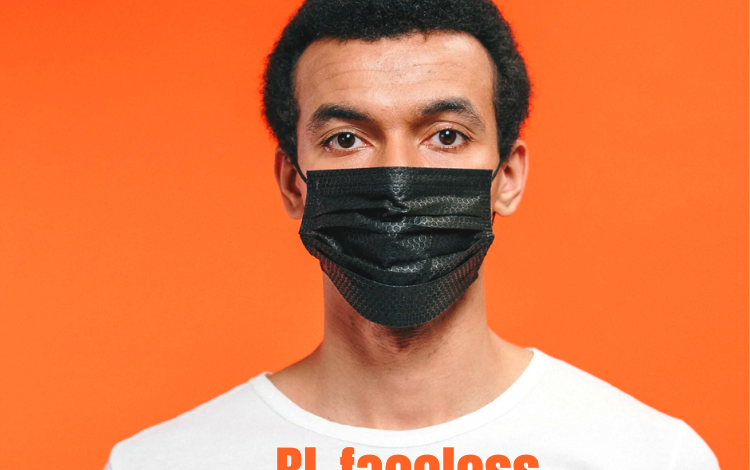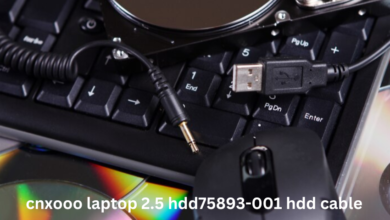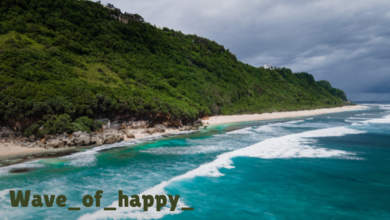Bl_faceless: Everything You Need to Know About

In the fast-paced, ever-evolving digital landscape, new terms and trends emerge daily. One such trend is “Bl_faceless.” If you’ve heard the term but aren’t quite sure what it means, you’re not alone. So, what exactly is “Bl_faceless”? At its core, it refers to an individual or entity that chooses to remain anonymous, hiding behind a digital curtain. In an age where personal branding is essential, the concept of being faceless has gained attention, leaving many intrigued.
The History
Like many internet phenomena, “bl_faceless” has roots in the early days of the internet. In forums, chat rooms, and early social media platforms, users would often adopt pseudonyms or usernames, preferring not to reveal their real identities. Over time, this evolved into a culture where anonymity became a symbol of freedom, creativity, and sometimes rebellion. The rise of movements like Anonymous only further fueled the idea of facelessness as both a shield and a tool for influence.
Why the Name “bl_faceless”?
The term “bl_faceless” can seem cryptic at first, but breaking it down provides clarity. The “bl” could stand for “blacklist” or “blank,” signifying a person who has either been rejected or prefers to remain unseen. “Faceless” is self-explanatory, representing anonymity and the lack of a visible identity. In a world that often prioritizes personal brand visibility, “It” signals a choice to remain unseen while still having a voice.
bl_faceless and Its Role in Modern Culture
In today’s world, social media dominates much of our daily interaction, and visual identity often plays a key role in how individuals and brands gain attention. However, bl_faceless goes against this grain, showing how online communities can still thrive without a public-facing identity. It’s not about being invisible, but rather focusing on ideas, content, and contribution, regardless of who’s behind it.
How bl_faceless Connects with Digital Identity
Anonymity online is nothing new, but bl_faceless brings a different angle to the discussion. It highlights the tension between maintaining privacy and engaging in the open, often transparent nature of the internet. For those in the bl_faceless community, digital identity isn’t tied to personal details or photos, but to ideas, words, and actions.
Who Are the bl_faceless?
There isn’t a one-size-fits-all when it comes to defining who belongs to the bl_faceless group. These individuals come from all walks of life, but they share a common characteristic: the desire to keep their identity concealed. Whether they’re influencers, artists, activists, or everyday people, their motivations range from protecting privacy to challenging the norms of self-promotion.
bl_faceless and Its Impact on Personal Branding
In a world where personal branding is king, the decision to remain faceless seems counterintuitive. Yet, some bl_faceless members have successfully built followings based solely on their work and content. Without relying on a public persona, they prove that anonymity doesn’t hinder influence—it can actually enhance it by creating a sense of mystery and focus on substance over appearance.
The Ethics of bl_faceless
Remaining anonymous online comes with its own set of ethical questions. While it can protect individuals from privacy invasions or backlash, it can also lead to abuses, where facelessness is used to avoid accountability. The bl_faceless movement sparks discussions about where we draw the line between protecting oneself and hiding from consequences.
bl_faceless in Art and Media
Art and media have long explored the concept of anonymity, from masked vigilantes to faceless corporations. The bl_faceless phenomenon taps into this narrative, with many digital artists and creators opting to remain unseen while their work gains recognition. It brings to mind figures like Banksy, who have thrived creatively while remaining faceless.
The Psychology Behind bl_faceless
Why would anyone choose to remain faceless? The psychological appeal of anonymity lies in the freedom it provides. Without the pressure of maintaining an online persona, individuals can express themselves more freely. Whether it’s out of shyness, a desire for privacy, or the thrill of being faceless, this concept continues to captivate many.
How to Become Part of bl_faceless
Curious about joining the ranks of the bl_faceless? The first step is understanding the tools and platforms that support anonymous engagement. Whether it’s through pseudonyms, private accounts, or simply avoiding personal photos, there are many ways to maintain a faceless presence online.
Challenges Faced by the bl_faceless
While there are many advantages to remaining faceless, it’s not without its challenges. Maintaining anonymity in an age of digital surveillance, facial recognition, and data tracking can be difficult. Moreover, staying relevant without a visual identity requires constant creativity and engagement.
The Future of bl_faceless
As digital privacy becomes more of a concern, the bl_faceless movement may continue to grow. However, whether faceless identities become mainstream remains to be seen. The future might bring more hybrid identities, where individuals balance personal exposure with selective anonymity.
Blurring the Line: Can You Be Partially Faceless?
Is it possible to be both visible and faceless at the same time? Some online personalities have managed to find a balance, revealing parts of their identity while keeping others hidden. This hybrid approach may well become the norm as people seek greater control over how they are perceived online.
Conclusion
The bl_faceless movement is a fascinating exploration of identity in the digital age. As people continue to navigate the challenges of online presence, the concept of being faceless allows for new ways of engaging, creating, and influencing. Whether you see it as a rebellion against the oversharing culture or a practical choice for privacy, bl_faceless is here to stay.
FAQs
- What does “bl_faceless” stand for?
“bl_faceless” refers to individuals or groups that choose to remain anonymous in the digital space, focusing on content rather than personal identity. - Can you build a brand while staying faceless?
Yes, many people and brands have thrived without revealing their identities, proving that substance can matter more than appearance. - Why do people choose to be bl_faceless?
The reasons vary, from privacy concerns to creative freedom, or even as a statement against the norms of personal branding. - Is being bl_faceless risky?
While anonymity can offer protection, it also comes with risks, especially in terms of accountability and maintaining relevance. - Will faceless identities become more common in the future?
With growing concerns over digital privacy, we may see a rise in faceless identities, although the balance between visibility and anonymity will likely continue to evolve.



